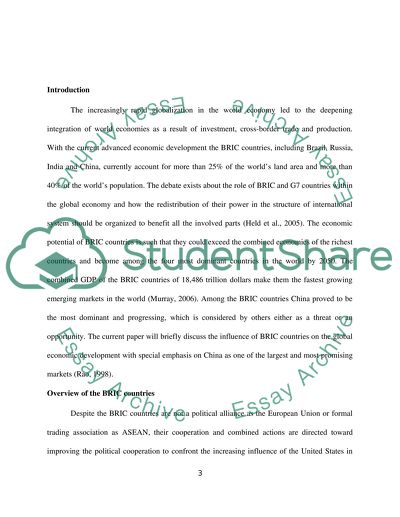Cite this document
(Brazil, Russia, India and China as the Key New Players in the Global Coursework - 1, n.d.)
Brazil, Russia, India and China as the Key New Players in the Global Coursework - 1. Retrieved from https://studentshare.org/macro-microeconomics/1577185-brazil-russia-india-and-china-bric-are-seen-as-the-key-new-players-in-the-global-economy
Brazil, Russia, India and China as the Key New Players in the Global Coursework - 1. Retrieved from https://studentshare.org/macro-microeconomics/1577185-brazil-russia-india-and-china-bric-are-seen-as-the-key-new-players-in-the-global-economy
(Brazil, Russia, India and China As the Key New Players in the Global Coursework - 1)
Brazil, Russia, India and China As the Key New Players in the Global Coursework - 1. https://studentshare.org/macro-microeconomics/1577185-brazil-russia-india-and-china-bric-are-seen-as-the-key-new-players-in-the-global-economy.
Brazil, Russia, India and China As the Key New Players in the Global Coursework - 1. https://studentshare.org/macro-microeconomics/1577185-brazil-russia-india-and-china-bric-are-seen-as-the-key-new-players-in-the-global-economy.
“Brazil, Russia, India and China As the Key New Players in the Global Coursework - 1”. https://studentshare.org/macro-microeconomics/1577185-brazil-russia-india-and-china-bric-are-seen-as-the-key-new-players-in-the-global-economy.


